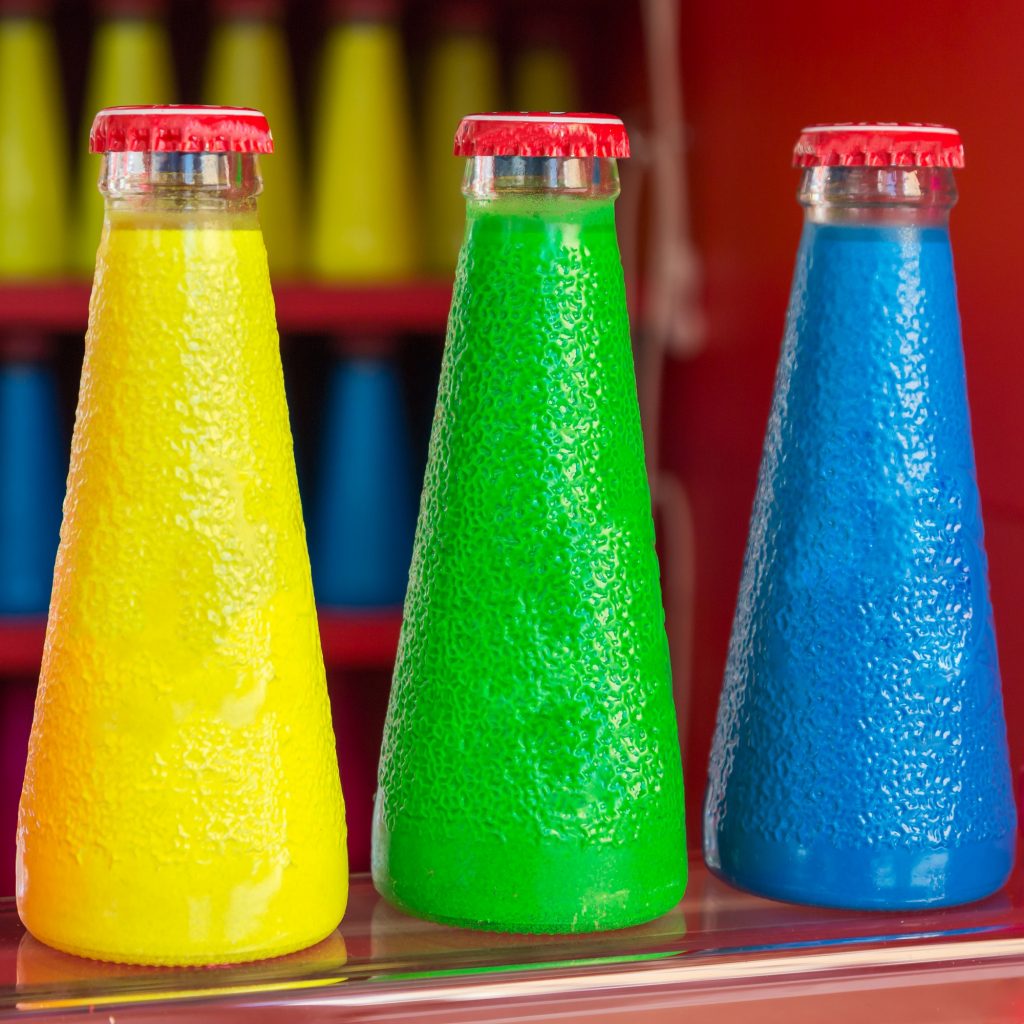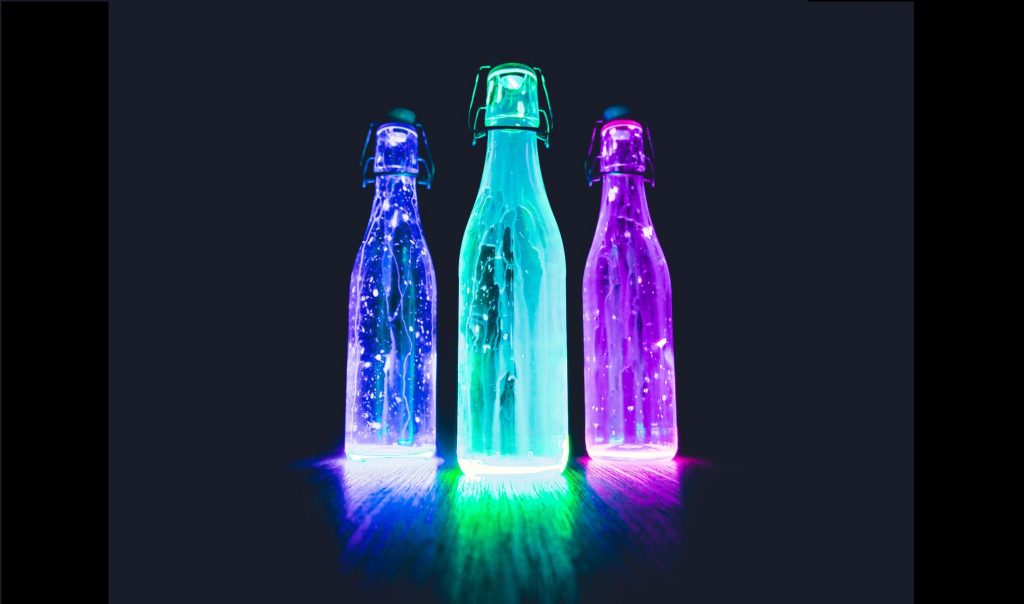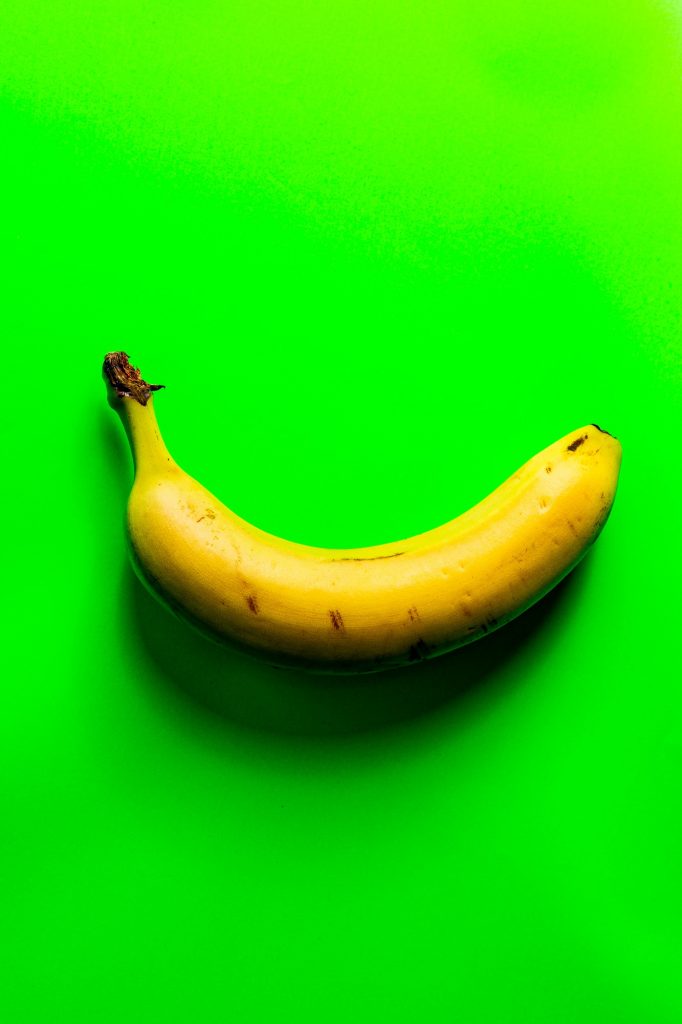Low-migration fluorescent UV flexo inks


For a long time, fluorescent inks and paints have been very popular among designers and artists in industrial design – thanks to their brightness, expressiveness, incredible colour purity and eye-catching shades. This trend has been even more noticeable in recent years. Fluorescent inks can be seen on banners and posters, apparel, shoes, building facades, elements of interiors or stage designs of public events, on various sings and markings, as well as advertisements.

We can also see them on packagings and labels. Unfortunately, so far designers could not use them in designing food labels and packagings. The obstacle was the fact that these inks have been exceeding migration limits allowed in production of such products. This hardship has been overcome – probably the first in the world – by the research team of the Polish special inks’ manufacturer – SPLinx. At the beginning of the year, they succeeded at creating the low-migration fluorescent ink in UV flexo technology, which is probably the most popular type of printing among producers of labels and packagings – especially luxury ones.


This opens a wide field of possibilities for food producers, which want to create their marketing campaigns, label and packaging designs based on a unique range of eye-catching, expressive fluorescent colours. According to a market research, fluo colours are especially attractive among children and adolescents, i.e. a very large consumer group. They can also be used in designs which are intended to attract special attention of the recipients.


SPLinx plans on creating fluorescent inks for food packaging production in all techniques, especially conventional and UV offset, i.e. technologies very popular in packaging printing. They will join the already existing in SPLinx’ offer a wide range of low-migration metallic inks (gold and silver) for most printing technologies.


A successful project of fluorescent inks for printing food packagings allow to optimistically assume that it would be likely to adjust most special inks (security, thermochromic, scented, photochromic, hydrochromic, phosphorescent, luminescent, photo-and electroluminescent inks and varnishes, among many others) to low-migration requirements, which, in turn, means that these inks would become much more widely used in printing food labels and packagings.


There is a deeply realised and understandable need to change the already established way the packaging communicates with the recipient. We, as consumers, have been flooded by a wave of similar to one another, pretty, professionally technically executed, yet boring packagings. Special inks, through their interactivity, expression, stimulation of senses other than eyesight, multidimensionality and mystery, allow to create a sort of tension, engage you into play, finally – make the consumer interested in their appearance. This way, it will be possible to offer a wide range of special inks, allowing for creating interactive, interesting and unique packagings or labels, compliant with highly strict low migration requirements, to the producers of food packagings.





